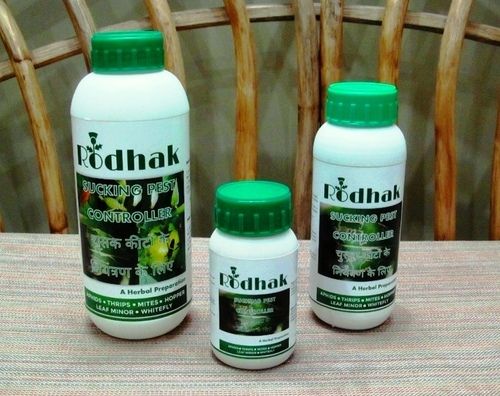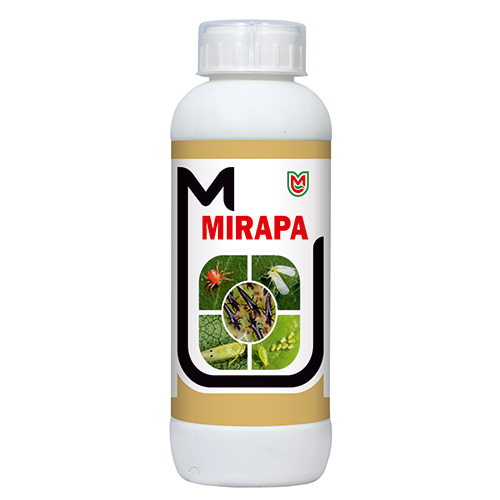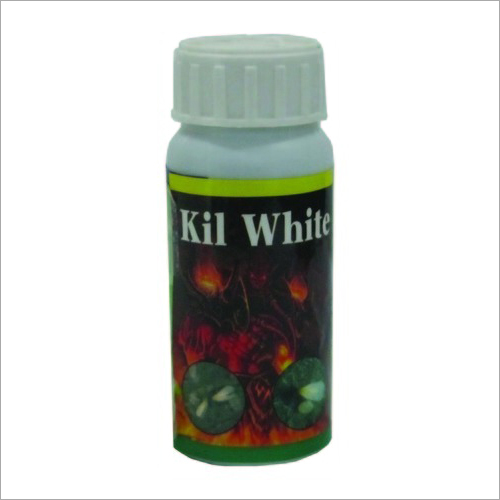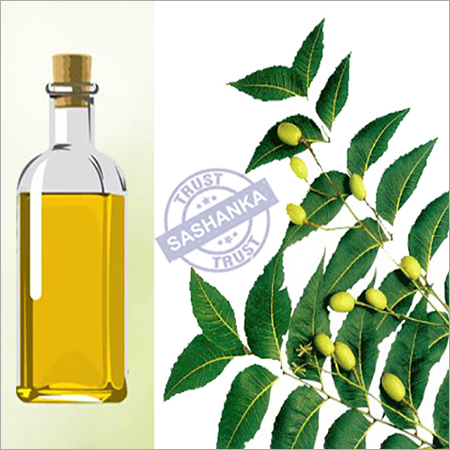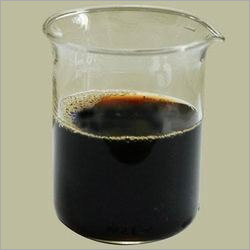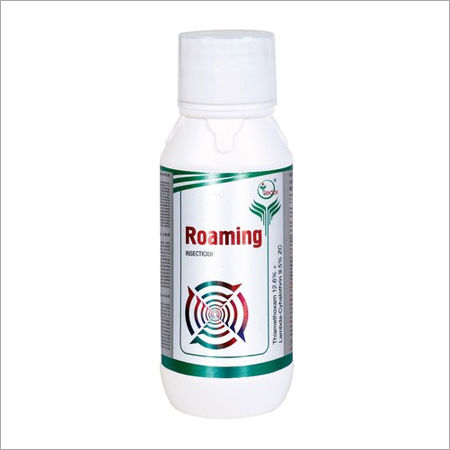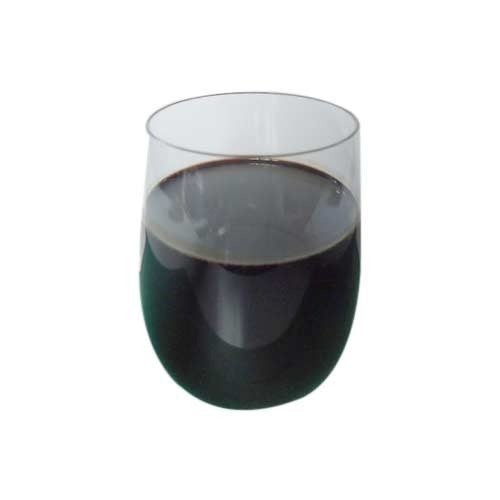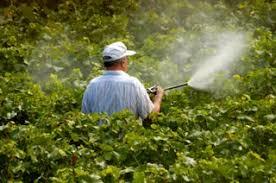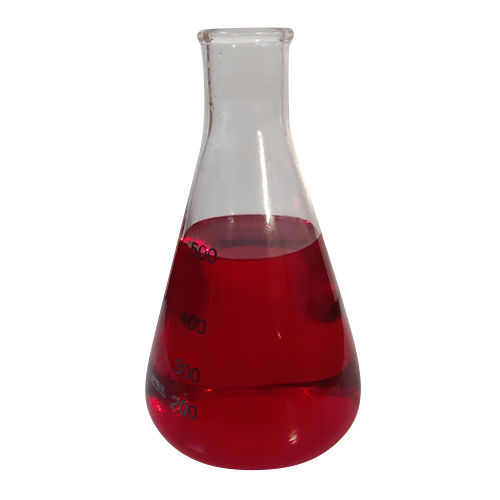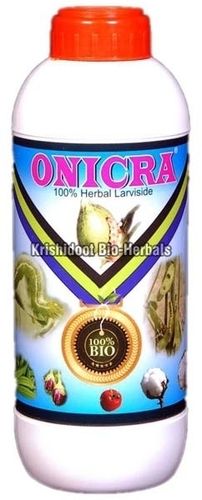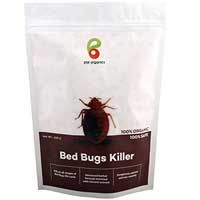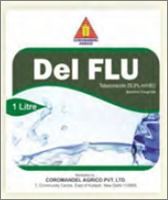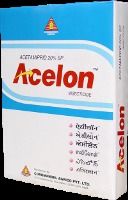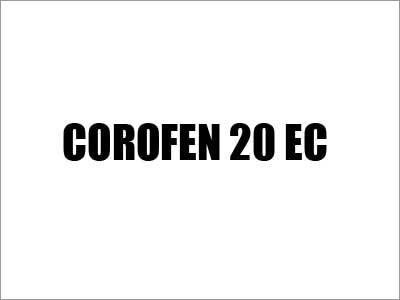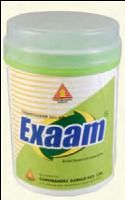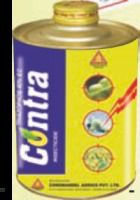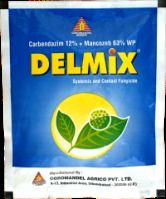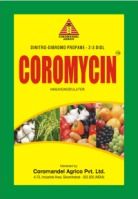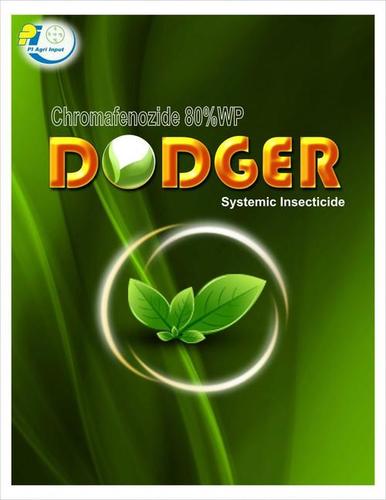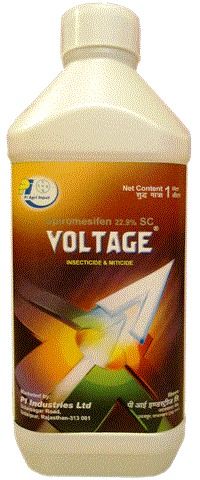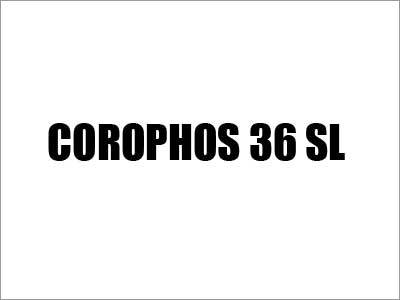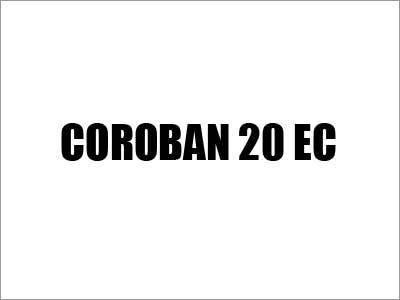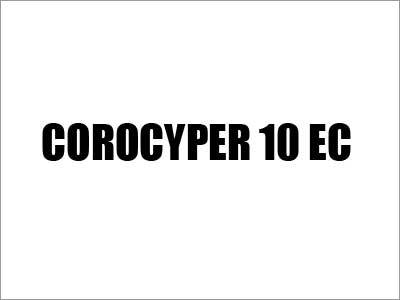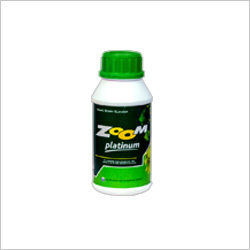
Coromida 17-8 Sl
Price:
Get Latest Price
In Stock
Product Specifications
| Active ingredient | Imidacloprid |
| Formulation | SL |
| Toxicity oral (LD50) | 450 |
| Toxicity dermal (LD50) | 5000 |
| Compatibility | Conventional insecticides |
| Application | Foliar, soil |
| Mechanism | Neonicotinoid |
| Features | Broad spectrum, Systemic action, Pest control, High efficacy, Low toxicity, Residual activity, Plant compatibility |
Product Overview
Key Features
Imidacloprid belongs to a new group of active ingredients. It shows a low toxicity, excellent systemic properties and a considerable residual activity. Imidacloprid is a highly demanded insecticides at global level to control sucking pests including termite.
Moreover, Imidacloprid is the first commercial neonicotinoids developed for controlling insect pests infesting agricultural crops. It is also called chlorinicotinyl insecticide. Imidacloprid is a very important agent for controlling insect pests infesting agricultural crops. It is also called chloronicotinyl insecticide. Imidacloprid is a very important agent for controlling aphid, whitefly, leafhopper etc. It is considered a relatively polar material with good xylem mobility and hence it is suitable for seed treatment and soil application.
| Trade Name | Coromida |
| Common Name | Imidacloprid |
| Compatibility | Imidacloprid is compatible with conventional insecticides. |
| Totoxicity | oral (LD50) = 450 |
Characteristics |
|
Recommendations for use:
The recommended doses are as follows :
| Crop | Pest | Rate or concentration of active ingredient |
Cereals | Aphididae (aphids/virus vectors) | 75 - 125 g/ha |
| Lema spp. (cereal leaf beetles) | 100 - 125 g/ha | |
Citrus | Aleurodidae | 0.01 - 0.025% |
| Aphididae | 0.0075 - 0.01% | |
| Coccoidea | 0.02 - 0.025% | |
| Phyllocnistis citrella (citrus leaf miner) | 0.01 - 0.015% | |
| Thysanoptera | 0.01 - 0.015% | |
Cotton | Aphididae | 50 - 100g/ha |
| Besmisia tabaci | 250 - 350g/ha | |
| Bucculatrix thurberiella (cotton leaf perforator) | 75 - 200g/ha | |
| Cicadellidae | 75 - 150g/ha | |
| Thysanoptera | 75 - 200g/ha | |
| Fodder legumes | Aphididae | 125 - 250g/ha |
| Hops | Aphididae | 0.005 - 0.0075% |
Maize and sorghum | Agriotes spp. | |
| Aphididae | 100 - 150g/ha | |
| Cicadellidae | ||
| Coptotermes spp. | ||
| Diabrotica spp. | ||
| Oscindella frit | ||
| Thysanoptera | 200 - 250 g/ha | |
Potatoes | Agriotes spp. | |
| Aphididae | 50 - 100g/ha | |
| Cicadellidae | 50 - 100g/ha | |
| Leptinotarsa | 50 - 100 g/ha | |
Rice | Cicadellidae | 25 - 50g/ha |
| Lema oryzae (rice leaf beetle) | 75 - 100g/ha | |
| Oebalus spp. | 150 - 200g/ha | |
Soyabeans | Aphidiadae | 100 - 200 g/ha |
| Heteroptera | 150 - 200 g/ha | |
Sugar beets and fodder beets | Agriotes spp. | |
| Aphididae | ||
| Atomaria Linearis | 125 - 250 g/ha | |
| Pegomyia hyoscyami (beet leaf miner) | ||
Sunflowers | Agriotes spp. | |
| Aphididae | 100 - 200 g/ha | |
| Cicadellidae | 100 - 200 g/ha | |
Tobacco | Aphididae | 50 - 100 g/ha |
| Bemisia tabaci | 250 g/ha | |
Vegetables | Aleurodidae | 0.01 - 0.025% |
| Aphididae | 0.005 - 0.01% | |
| Cicadellidae | 0.005 - 0.01% | |
| Hylemyia antiqua | ||
| Thysanoptera | 0.01 - 0.025% | |
Phytotoxicity: Coromida is not phytotoxic when used in recommended dosage.
Company Details
Focusing on a customer-centric approach, Coromandel Agrico Pvt. Ltd. has a pan-India presence and caters to a huge consumer base throughout the country. Buy Insecticides in bulk from Coromandel Agrico Pvt. Ltd. at Trade India quality-assured products.
Business Type
Manufacturer, Supplier
Establishment
1982
GST NO
27AABCC6812A1Z7
Related Products
Explore Related Categories
More Product From This seller
Seller Details

GST - 27AABCC6812A1Z7
New Delhi, Delhi
Vice President(finance & Accounts)
Mr. D K Gulati
Address
floor number-1,2,3,7 community centre, East of Kailash, near sapna cinema, New Delhi, Delhi, 110065, India
Report incorrect details

